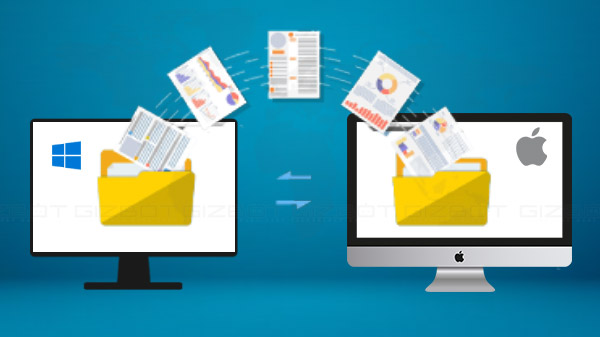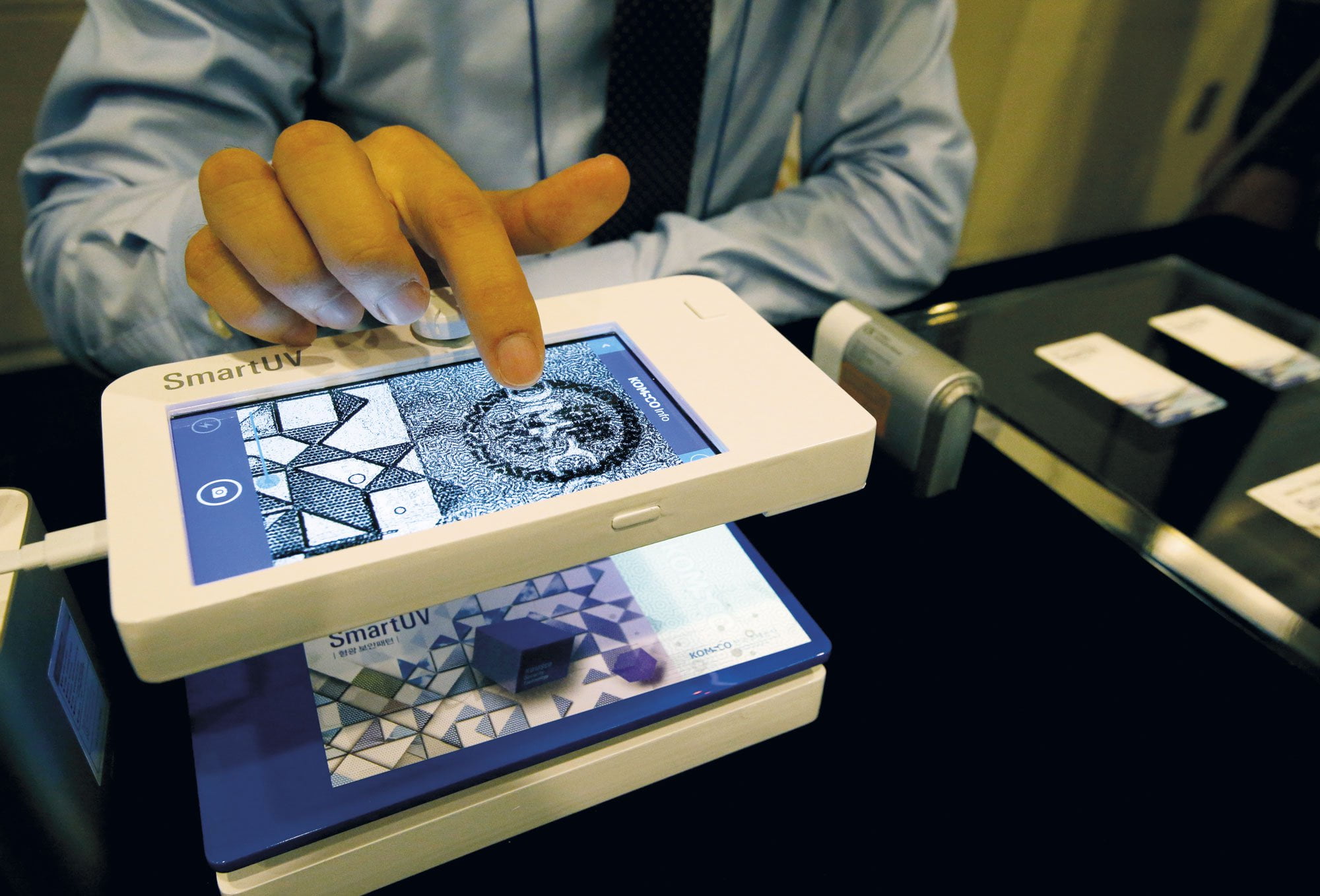
To prevent hacking attacks on Mac, we have to change the default security settings on your system. The most effective way is to use a VPN service to connect to a secure server while online.
There are plenty of reasons to share files on Mac. From sharing photos to music to documents, there are many reasons to share files.
But what happens when you share files on Mac and accidentally send them to a hacker? Hackers aren’t the only people who have access to your files either.
Sharing files with others can be risky, and if you don’t know how to transfer files securely, it could cost you big time.
Luckily, we have the answer. This guide will explain how to share files safely without worrying about hackers.
We’ll even teach you how to share files on Mac and Windows computers.
Macs are the first choice for most people today. The Apple products have a good reputation for their reliability, usability, and durability. The OS X operating system is an excellent platform for those using computers as a tool for business purposes. However, to keep things safe and secure, the user must be careful to keep their data protected. If you need to share files or folders on Mac, and you want to make sure that it is safe and secure, you must find a safe method.

Use a Mac file sharing app
The Mac file sharing apps we recommend for security and ease of use are as follows:
- Dropbox
- Safari File Transfer
- ShareFile
We’ve got you covered with our comprehensive guide on the best Mac file sharing apps if you need more guidance.
The process of sharing files is relatively simple, but it does require you to use the correct software. If you’re new to Mac file sharing, you’ll want to start by reading this guide.
Use FileVault for Encryption
FileVault is a security feature built into macOS that encrypts the contents of your Mac. Hackers can’t access your files unless they break into your computer or steal your login credentials.
To enable FileVault, head to System Preferences > Security & Privacy > FileVault. Click Turn On FileVault, and you’ll be prompted to enter your login credentials.
Once you do, you can now rest easy knowing that your data is safe.
Use Two-Factor Authentication
Two-factor authentication (2FA) is a security measure that requires a user to provide more than just a username and password before accessing sensitive information.
Two-factor authentication adds an extra layer of security to your account. When you log in to your account, you’ll receive a text message, email, or push notification asking you to verify your identity. This is called “something you know” (e.g., your phone number or password), and it’s a second “something you have” (e.g., your phone).
There are two main types of 2FA systems: hardware and software. Hardware uses a device plugged into your computers, such as a USB key or a smartphone. The software uses an app downloaded onto your computers, such as Authy, Google Authenticator, and Duo.
Here’s an example: you are using Authy to protect your Gmail account. When you sign in to your account, you’ll be asked to enter a code that Authy sends to your phone. You can then enter this code on your computer to access your account.
Use a VPN for Additional Security
You probably already know what a VPN is. But, you may not understand why you need one.
A VPN encrypts your data, making it less vulnerable to hacks. If someone hacks into your computer, they can’t see any of your sensitive information. This is especially helpful if you access public Wi-Fi or you are on a network with less than stellar security.
You can use your VPN on all of your devices. It’s perfect for accessing Wi-Fi hotspots, or you can connect to the Internet from different locations.
Q: What things do you need to know when you want to share files with other people?
A: I suggest that everyone learn how to use encryption software so that they can protect their data. You should also know how to hide or erase your files.
Q: What’s the best way to keep your files safe when sending them via email?
A: The best way is to use encryption software like PGP (Pretty Good Privacy).
Q: How do you keep your privacy when using public Wi-Fi connections?
A: Use a VPN, which stands for Virtual Private Network.
Q: What’s the best way to store files when using a public Wi-Fi connection?
A: You should encrypt your data using encryption software like PGP (Pretty Good Privacy).
Q: Why is it important to hide your files?
A: It’s essential to hide your files because you don’t know who is looking at them or what they are doing.
Q: How can you encrypt files with encryption software?
A: Encryption software will allow you to make all of your files secure by encrypting them.
1. You need a password to access files from other computers on a network.
2. You must change your password frequently.
3. Your data will be safe because it is encrypted.
4. No viruses can be downloaded from the Internet and get into your computer.
5. You do not need to worry about hackers when using the Internet.
6. Using your credit card online is safe.
Conclusion
In conclusion, sharing files on Mac OS is one of those things that’s easy to forget about because it’s just so commonplace. But if you’re worried about your privacy or security, you should know that there are several different ways to share files securely.
The best way is to use services like Dropbox, Google Drive, and Box. These platforms offer a secure way to share files between users without sending them across the internet.
I’ve also found some interesting apps that can help you keep your data private. They are generally paid applications, but the free version is more than enough for most people.
















